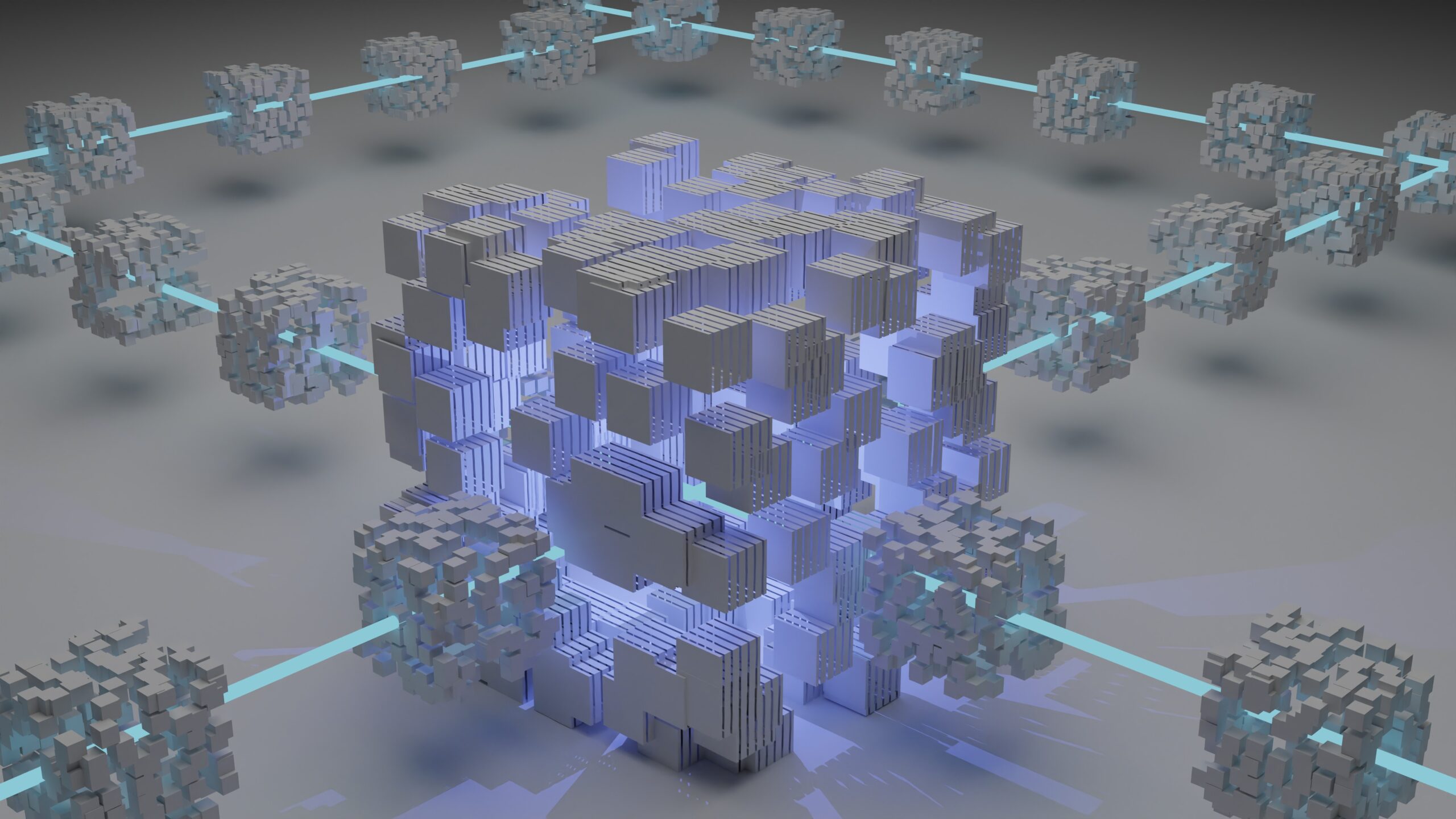After ushering in the first recent rebound, Bitcoin fell below $43,000 per piece today, down 4.11% on the day.
In the decades of Bitcoin's development, there are still people who don't know much about Bitcoin. Today, we will make a simple science about Bitcoin.
01Bitcoin≠Blockchain / Blockchain≠Bitcoin
Confusing Bitcoin and blockchain is a common mistake many laypeople make. Bitcoin came first, then blockchain.
In 2008, Satoshi Nakamoto released the Bitcoin white paper, and Bitcoin was born in 2009. In 2011, when Wu Jihan translated the Bitcoin white paper, he translated the "chain of blocks" in the white paper into "blockchain".
With the continuous development of Bitcoin, more and more people began to study the underlying technology of Bitcoin. Later, people called the underlying technology of Bitcoin and other cryptocurrencies "Blockchain", "Blockchain". )” also became popular in 2016.
Therefore, Bitcoin is the first application of blockchain, and blockchain is the underlying technology of Bitcoin.
02 The smallest unit of Bitcoin: Satoshi (SAT)
The founder of Bitcoin is Satoshi Nakamoto, and the smallest unit of Bitcoin is Satoshi (SAT). 1 Bitcoin equals 100 million satoshis, a unit that was agreed upon by users on the BitcoinTalk forum after discussions in 2011.
Besides Satoshi (SAT), Bitcoin has other units: Bitcent (Bitcent, cBTC), Milli-Bitcoins (mBTC), Micro-Bitcoins (μBTC). Among them, 1 BTC = 100 cBTC = 1000 mBTC = 1 million μBTC = 100 million Satoshi.
03 Total Bitcoin
Unlike most currencies, Bitcoin is not issued by a specific currency institution. It is generated through a large number of calculations according to a specific algorithm. The Bitcoin economy uses a distributed database composed of many nodes in the entire P2P network to confirm and record all transactions. And use the design of cryptography to ensure the security of all aspects of currency circulation. The decentralized nature of P2P and the algorithm itself can ensure that the value of the currency cannot be artificially manipulated by mass-producing Bitcoin. The cryptography-based design allows Bitcoin to be transferred or paid only by the true owner. This also ensures the anonymity of currency ownership and circulation transactions. The total number of bitcoins is limited. The currency system used to have no more than 10.5 million in 4 years, and then the total number will be permanently limited to 21 million.
04 Bitcoin owns
Users can buy bitcoins, and at the same time use computers to “mine” bitcoins by doing a lot of calculations according to algorithms. When a user "mines" bitcoin, they need to use a computer to search for 64-bit numbers and then compete with other gold diggers by repeatedly solving puzzles to provide the bitcoin network with the required numbers. If the user's computer successfully creates the A set of numbers, then you will get 25 bitcoins.
Due to the decentralized programming of the bitcoin system, only 25 bitcoins can be obtained every 10 minutes, and by 2140, the upper limit of bitcoins in circulation will reach 21 million. In other words, the Bitcoin system is self-sufficient, coded to resist inflation and prevent others from breaking that code.
